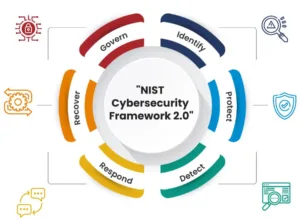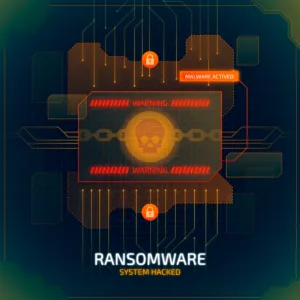
Table of Contents
Introduction
India has taken a bold step toward overhauling its cybersecurity landscape. The Indian Computer Emergency Response Team (CERT-In) has rolled out its new Comprehensive Cyber Security Audit Policy Guidelines — a major move aimed at reshaping how organizations think about, plan, and execute cybersecurity audits.
While the document itself reads like a formal blueprint, its underlying message is clear: it’s time to move beyond “tick-the-box” compliance and embrace real, risk-driven security.
Beyond Compliance: A Much-Needed Wake-Up Call from CERT-in
For too long, many Indian enterprises — both in the government and private sectors — have approached cybersecurity as a regulatory obligation, not a survival strategy. It’s been more about collecting certificates than closing vulnerabilities.
As cybersecurity expert Prof. Triveni Singh (Ex-IPS) puts it:
“Most organizations treat cybersecurity as a checklist. But true security comes from preparedness — not paperwork. These guidelines are a much-needed wake-up call.” And he’s right. In today’s world of ransomware, data breaches, and supply chain attacks, superficial audits can leave gaping holes. Real security demands depth, not decoration.
Audit as a Strategy, Not a Ritual
CERT-In’s new policy wants to change the game — making audits a strategic enabler, not just a regulatory speed bump. The guidelines encourage a risk-based, lifecycle approach that begins with planning and scoping and extends through to execution, reporting, and follow-up.
Key highlights include:
- Integration with global standards like ISO/IEC 27001
- Focus on continuous monitoring, not one-time checks
- Attention to both technical and governance risks
- A call for upskilling empanelled and internal auditors
The goal? A mature, disciplined audit culture that reflects real-world threats — not calendar deadlines.
In Sync with India’s Cyber Resilience Mission
This policy isn’t a one-off. It aligns tightly with India’s broader Digital Public Infrastructure mission and its vision for a secure digital economy. Standardizing audits across industries will help reduce inconsistencies, protect critical infrastructure, and strengthen national cyber resilience.
But perhaps the most powerful part of the policy lies in its push for collaboration. It calls on CISOs, IT teams, auditors, and regulators to work as a unit — sharing insights, learning from audits, and making remediation a must-have, not an afterthought.
From Compliance to Cyber Confidence
CERT-In’s updated guidelines aren’t just a regulatory update — they’re a cultural reset. If embraced the right way, they can help India shift from a compliance-first to a resilience-first mindset.
The takeaway is simple: Let’s stop treating audits as an obligation and start using them as a lens to strengthen our defenses.
Because in the age of digital threats, a checkbox won’t stop an attacker. But a resilient, well-audited system just might.
Read more on https://cybertechworld.co.in for insightful cybersecurity related content.



















